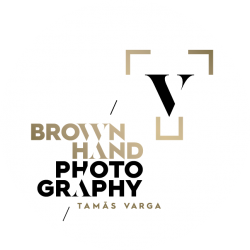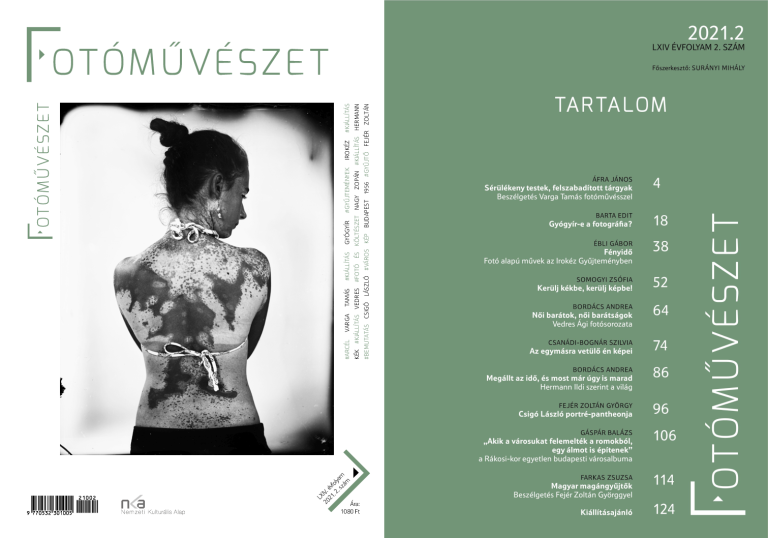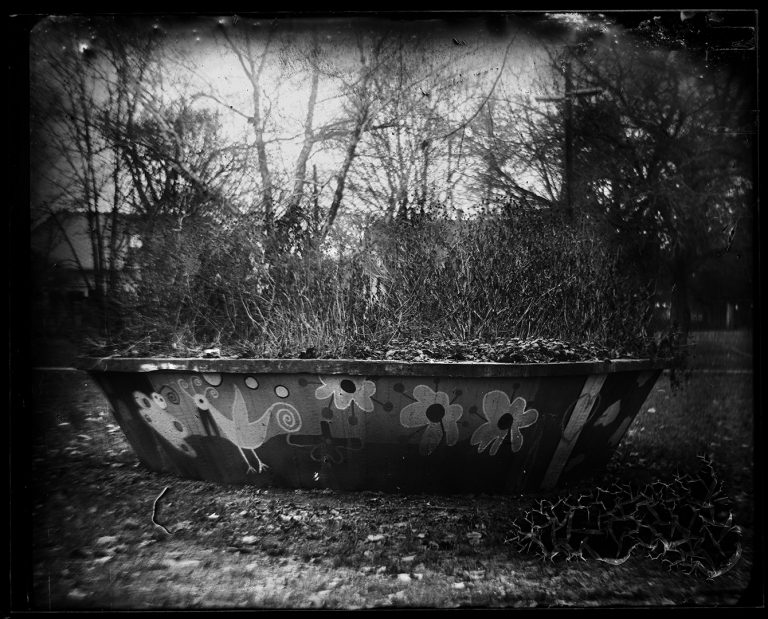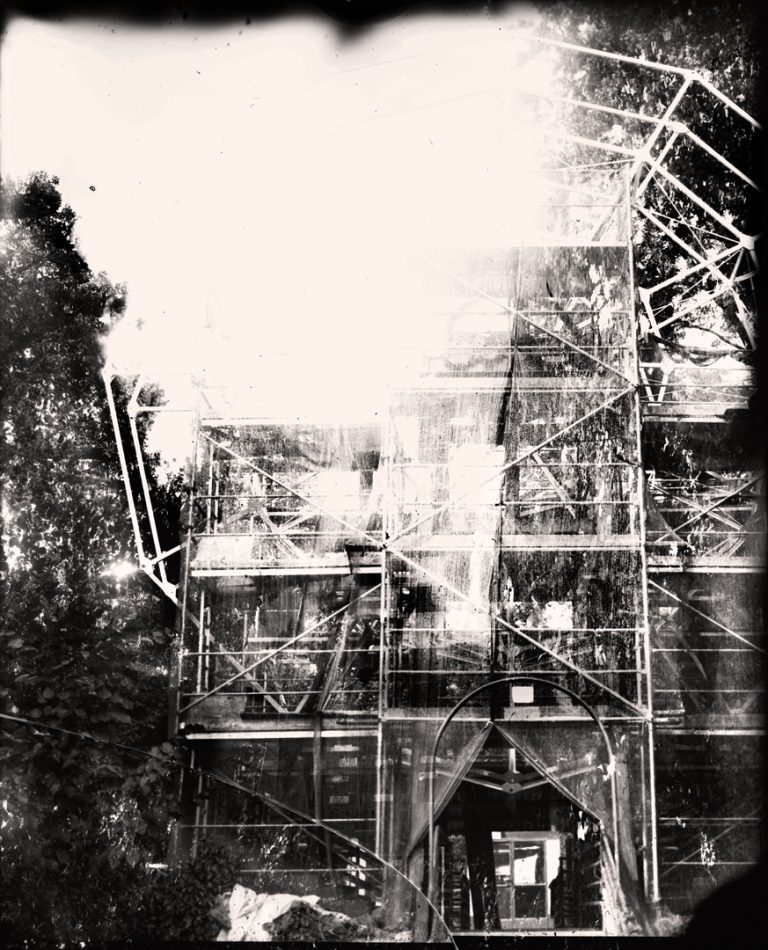
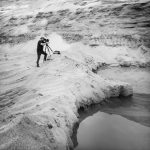
Tamas Varga is a hungarian photographer. He had been working with ULF cameras and BandW, historic photography processes and recently exclusively dedicated himself to collodion and dry gelatine glass plates. For him as an artist this process grew into the natural way of creating photographs. He has been using plates ranging from a few centimeters till mammoth sizes. In his artwork he applies this method on glass, metal, paper various surfaces and objects. His works have been introduced to the public in 18 individual exclusive independent exhibitions and more than 150 expositions worldwide and in Hungary. Author of many articles in the subject and his publications have been introduced in many photobooks, professional and other papers, catalogues, calendars. Individual photobooks: Silver, Levegő, Fictures, Red, Black.
Even as a kid I thought that its not an easy thing to create something real something true. One has to work hard to achieve that. Today as a photographer I have the same belief. I accomplish most of my work in great format with cameras. Besides the masters of the end of the 19th and the beginning of the 20th century, the contemporary artists and tendencies affect my photos and me. In my projects I root back and deal in a recurring manner with the Central- Eastern European existence and its typical features and I introduce social groups fighting against being stereotyped. My main focus is the wet plate collodion and silver gelatine dry plate process. This technique in some aspects is still unreplaceable and unreplicable even by today standards and tools. My intention is not simply walk the road of those who are archaising, quite the opposite, I am intending to utilise the uniqueness of the pictures with fresh recent approach frequently merging the archaic procedure with digital imaging technologies. Every tiny bit of the process of creating excites and thrills me. It’s a sophisticated and complicated feeling to imagine a picture; incubate the idea; prepare the materials for it and do the manual job with it. In the making we utilise our predecessors’ tools and knowledge and just than we expose and we don’t hang on the LCD. For me the craftsmanship is a value. The loneliness in the dark room, the direct contact with the material and the nature of the unrepeatable is attracting. As such the fact of creating palpable crafts one can hold in hand is mesmerising. I know its not hip and trendy today. My aim is to cultivate this with a 21th century mind-set taking into consideration the latest trends and utilising the accomplishments of the modern era.
